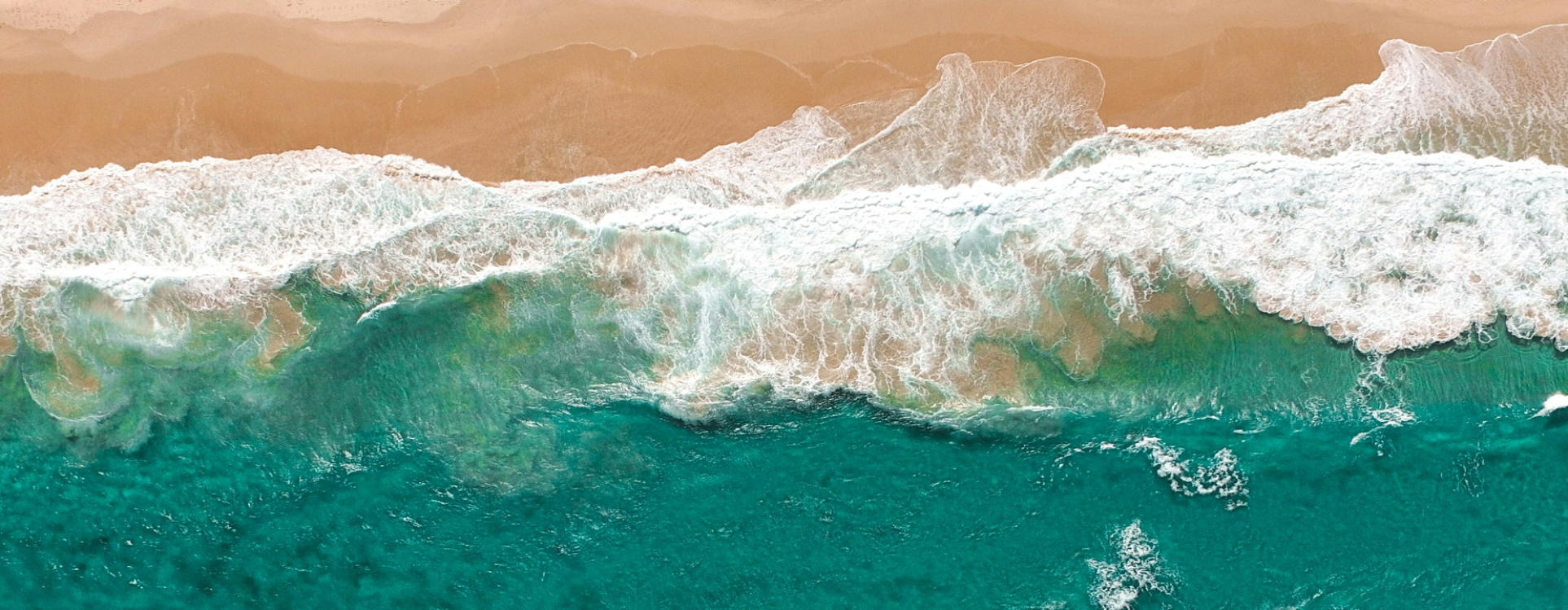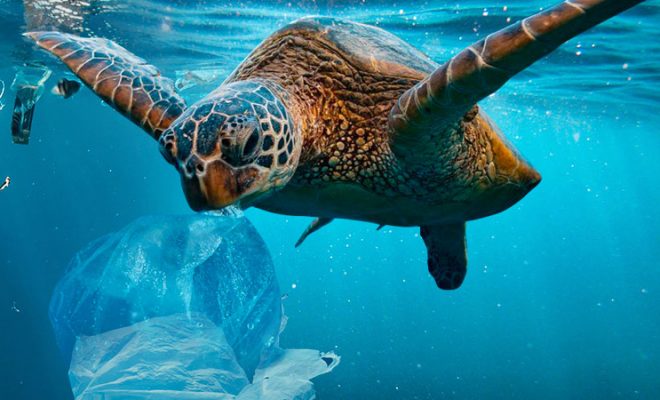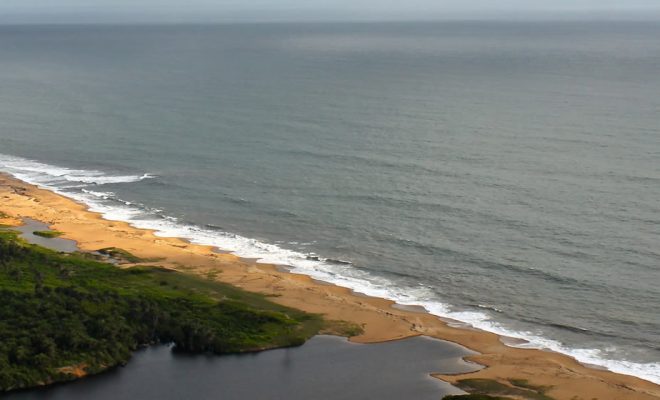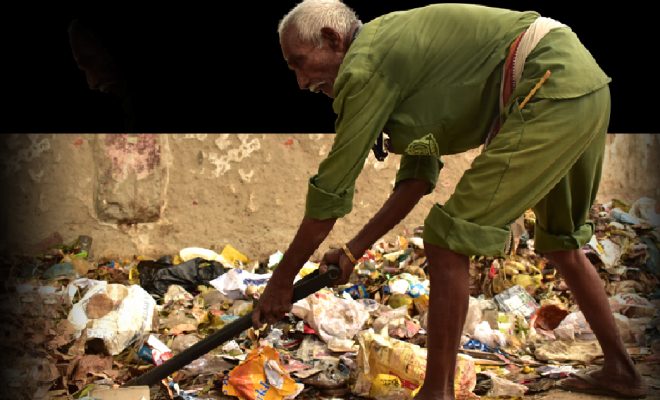Oceanographers lament that we know more about the Moon than the sea. These last few decades have shown us that as we uncover the mysteries of the ocean, we realize how little we know about it, even the most visible part to us: the coastline, a belt of 1.16 million kilometres of seawater that surrounds the planet’s landmass.
UNESCO estimates that 36,000 km³ of freshwater flows into the sea each year, approximately 100 km³ per day. This constant transfer is a phase of the natural water cycle: when water from land returns to the marine mass. This includes water from rivers, the diverse runoff generated by rain, and water generated by human activities: wastewater that travels through sewers and the water expelled by sewage treatment plants and desalination plants.
Thus, this blue belt is a vulnerable zone that is constantly exposed to pollutants and destructive actions. Scientists are calling for halting its deterioration and restoring its ecological balance, as its importance is crucial for the balance of the biosphere.
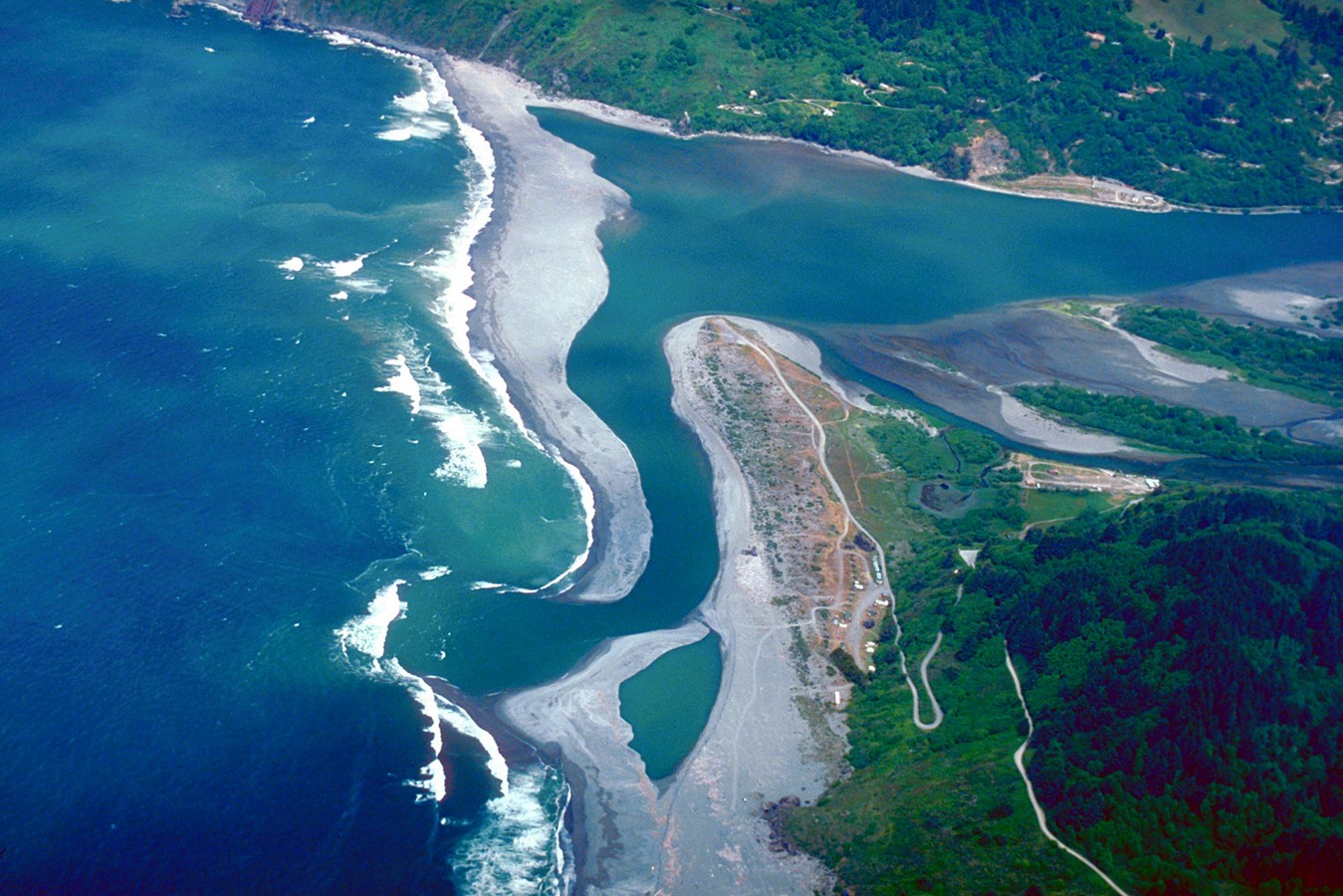
Approximately 100 cubic kilometres of freshwater daily flow into the sea, passing through a coastal belt of 1.16 million kilometres of marine vegetation.
Blue Carbon
The primary scientific breakthrough of the second half of the last century has been the crucial role that the ocean mass plays in balancing the water and carbon cycles, as well as its immense diversity. Recently, the term “blue carbon” has been coined to refer to the carbon captured by oceanic and coastal ecosystems.
Along with forests, oceans are the other great lungs of the Earth: they absorb 25% of carbon dioxide (CO₂) and release 50% of oxygen (O₂), and they are also an enormous carbon sink. It is estimated that they contain 700 gigatonnes (700 billion tonnes) of Dissolved Organic Carbon (DOC), almost the same amount that exists in the atmosphere in the form of CO₂ (700 gigatonnes). The natural carbon cycle links these two sinks, on which climate evolution depends: any alteration in oceanic carbon affects atmospheric carbon and vice versa.
Visible Carbon, Invisible Carbon
An interesting way to raise awareness about blue carbon is to divide this sink into what we can “see” or easily intuit its presence and what remains “invisible” to us, known only through scientific reports.
In the “invisible” carbon category, we could include two major sinks:
- Phytoplankton, which is the main component of DOC. It consumes atmospheric CO₂ for photosynthesis. This carbon is thus “fixed” in the ocean by phytoplankton cells and their waste and does not return to the atmosphere.
- Macroalgae, such as kelps and sargassum, can form extensive underwater forests. Although not strictly “invisible,” their location on the ocean floor makes them less visible than coastal vegetation. They also capture CO₂ through photosynthesis.
The “visible” marine carbon would consist of coastal vegetation, primarily:
- Mangroves, trees, and shrubs that grow in intertidal zones of tropical and subtropical regions. They are highly efficient in capturing and storing carbon due to their complex roots, as well as storing carbon in the sediments.
- Seagrass meadows, such as Posidonia, occur in shallow waters worldwide. They capture carbon through photosynthesis, storing it in their biomass and the sediments that accumulate around their roots.
- Salt marshes, which are coastal areas regularly flooded by tides. Their vegetation captures carbon through photosynthesis and stores it in the sediments.
Understanding and protecting these critical ecosystems is essential for maintaining the biosphere balance and mitigating climate change.

Map of Global Blue Carbon Reserves (in millions of tonnes of carbon). Yellow and green colours represent lower quantities of blue carbon storage potential, while blues indicate higher quantities. You can see that the United States, Mexico, Australia, and Indonesia have high storage potential © Bertram et al. (2021)
Blue Carbon is More Visible Than Invisible
In recent decades, oceanographers have provided abundant information about blue carbon. The most significant finding is that the “visible” belt of mangroves, seagrass meadows, and coastal marshes, although covering only 0.5% of the ocean, contributes more than 50% of the total carbon buried in marine sediments.
The bad news is that this oceanic lung is sick from pollution. The National Oceanic and Atmospheric Administration (NOAA) confirms that most ocean pollution originates on land. According to UNESCO, this proportion reaches 80%, and plastic constitutes a large part of this pollution: eight to thirteen million tonnes of plastic are dumped into the ocean yearly, most of which are not biodegradable.
This pollution is compounded by agricultural waste, industrial residues, and untreated wastewater, which are transported from land to sea primarily through river runoff. In this regard, images of the destruction of coastal waters in the Nigerian neighbourhood of Makoko continue to circulate worldwide as an example of an environmental disaster.
The Special Report on the Ocean and Cryosphere in a Changing Climate, presented in 2019 by the IPCC, provides a good summary of the problems facing the seas. Scientists warn about the most pressing issues facing the oceans and show very concerning future trends, about which we still know very little about their consequences and how to mitigate them.
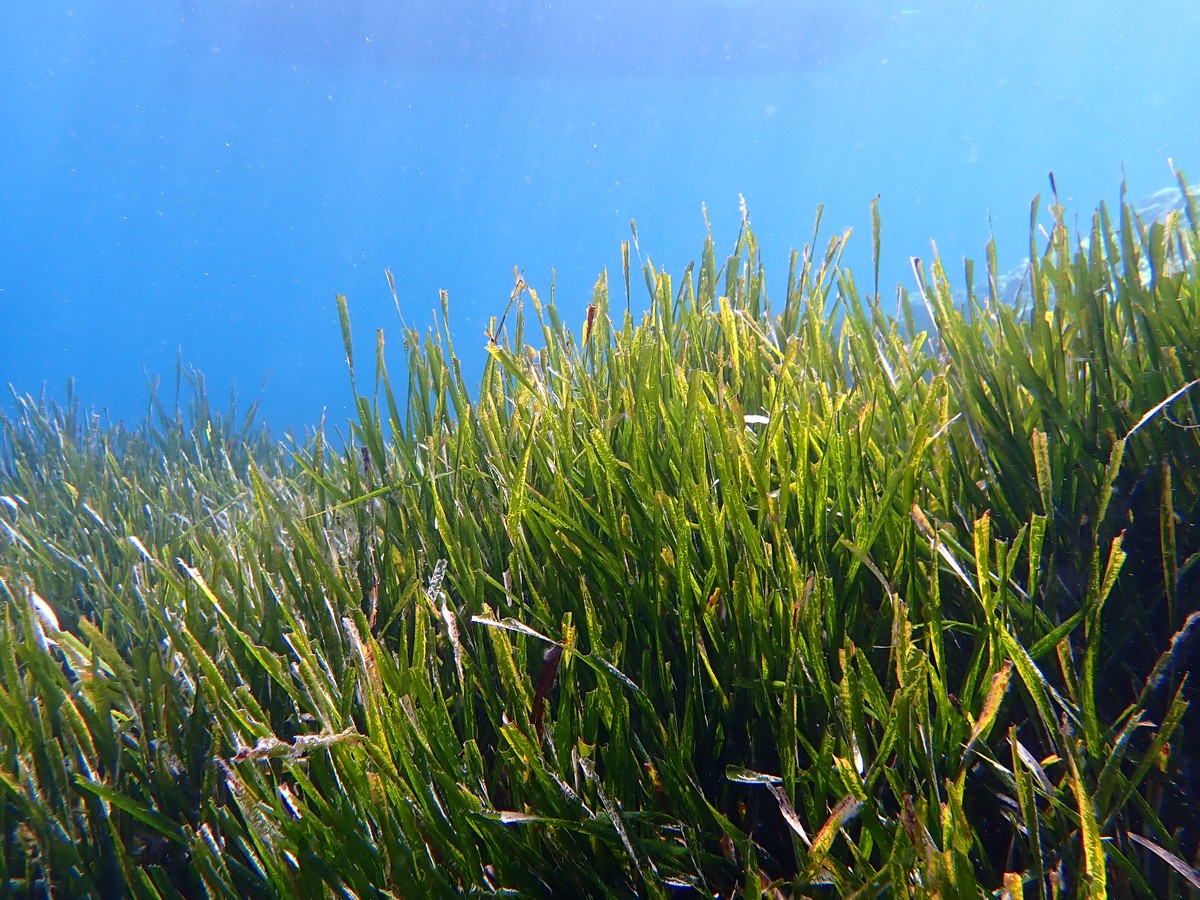
Seagrass meadows, such as Posidonia, occur in shallow waters worldwide. They capture carbon through photosynthesis, storing it in their biomass and the sediments that accumulate around their roots. © Frédéric Ducarme
The Sea Can Take No More
The good news is that since blue carbon is more visible than invisible, we are in a better position to recover it. Worldwide, coastal restoration projects are underway, ranging from mangrove plantations to tidal flow management. It is crucial to prioritize the protection of intact ecosystems to prevent the loss of already sequestered carbon and to address underlying pressures such as wastewater discharges and agricultural runoff. Managing interactions with the seabed is also essential, as marine sediments are the largest reservoir of organic carbon on the planet, and activities like trawling and deep-sea mining can release stored carbon.
The deterioration of the sea’s health has been building up since the Second Industrial Revolution when the chemical industry emerged massively in the early 20th century. From then until the 1980s, we persisted in the grave mistake of believing that the ocean has infinite resilience to exploitation and pollution, likely because the consequences of our actions remain hidden beneath the surface. Promoting and disseminating the idea of thinking of water as one, regardless of whether it is fresh or salty, is a necessary step to save the ocean.


